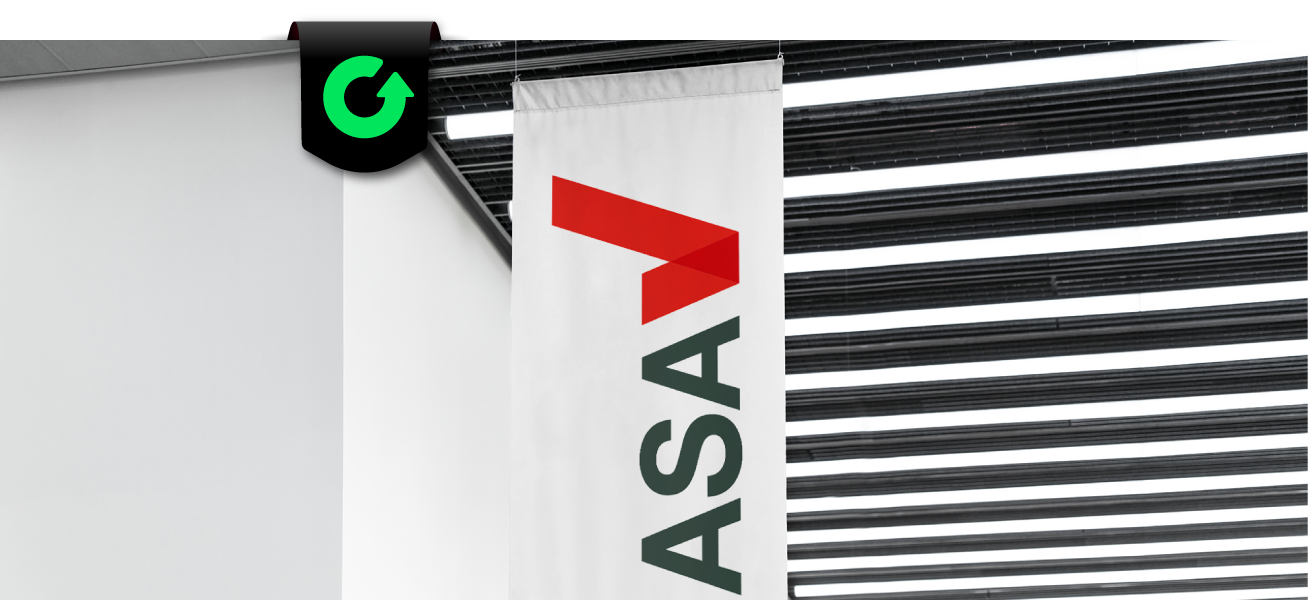UK advertising regulator the ASA has published its latest report on children’s exposure to TV ads for alcohol and gambling, providing exposure figures for 2019.
The UK advertising rules contain scheduling restrictions designed to reduce significantly under-18s’ exposure to ads for age-restricted product categories such as alcohol and gambling. Reflecting that, reporting on exposure data forms part of the ASA’s ongoing commitment to making sure the rules are working effectively to protect children, and young and vulnerable people.
Good news for the gambling industry in ASA’s second online monitoring sweep. Categories: News The Advertising Standards Authority has today (20 November 2020) reported that the second of its online monitoring sweeps to identify and tackle age-restricted ads appearing in children’s media has “encouragingly” revealed that. Apr 09, 2020 The ASA itself will be monitoring industry advertising for a range of different issues in the context of the crisis. It highlighted ads that trivialise gambling (by encouraging repetitive or frequent participation), or refer in any way to indicators of problem gambling (such as solitary play or playing late at night) as being of particular concern.
The report reveals a further decline in children’s exposure to all TV ads which is likely to be driven by a decrease in TV viewing amongst children. But it also suggests that children’s exposure to TV ads for alcohol is falling at a faster rate than their exposure to all TV ads. Meanwhile, children’s exposure to gambling advertising on TV has returned to similar levels observed at the beginning of the analysis period (2008).
Further analysis of the TV alcohol advertising exposure data shows that:
- Between 2008 and 2019 children’s exposure to TV alcohol ads has decreased by two thirds, from an average of 2.8 to an average of 0.9 ads per week
- The average number of alcohol ads children saw on TV in 2019 has remained stable and at similar levels to those observed in the four previous years
- Children’s exposure to alcohol ads on TV, relative to adults’, continues to fall from the peak of 41.1 per cent in 2008 to 19.6 per cent in 2019. This means that in 2019, children saw, on average, around one alcohol ad for every five seen by adults
- In 2019, 0.8 per cent of all TV ads seen by children were alcohol ads. This percentage has remained below 1 per cent since 2015

The exposure data on TV gambling ads shows that:
- In 2019, children saw, on average, 2.5 TV gambling ads per week: they saw 2.2 and 2.7 gambling ads on TV per week in 2008 and 2009, respectively
- Children’s exposure to gambling ads peaked in 2013 (at an average of 4.4 ads per week) since when it has decreased by just under half
- Children’s exposure to gambling advertising on TV has remained at similar levels during the last six years, notwithstanding that exposure levels rose slightly in 2018
- Gambling ads made up less than 2 per cent of all the TV ads that children saw, on average, in a week every year between 2008 and 2017. This increased slightly to 2.2 per cent in 2018 and remained at a similar level in 2019, at 2.1 per cent
Although the findings suggest the TV ad rules are continuing to help appropriately limit children’s exposure to age-restricted ads, the ASA is mindful of children’s shifting media consumption habits – likely to be driven by their increasing consumption of online media, such as on-demand and online video use, as well as social media engagement – and the need to remain vigilant in policing ads for age-restricted products in other media, in particular online. In parallel the ASA has been harnessing new technology to proactively monitor children’s exposure to ads online and taking quick and effective action where it identifies any problems.
Asa Gambling Advertising Sites
“Our latest report shows that children’s exposure to TV ads for alcohol and gambling products remains low,” noted ASA Chief Executive, Guy Parker. “We will continue our proactive monitoring to make sure this remains the case for TV ads as well as carrying out further monitoring online so that we limit children’s exposure to age-restricted ads wherever they appear.”
Related posts:
Related Articles

Iain Duncan Smith: Radical change requires Gambling Commission to be axed
BGC praises results of COVID action plan
ASA ‘underage sweep’ sees marked improvement in gambling advertising
The Advertising Standards Authority (ASA) has this morning published the findings of its ‘online monitoring sweep’ identifying age-restricted adverts that have been published within children’s digital media.
This story featured in today’s SBC News 90. To view the latest round-up, watch today’s edition here.
ASA’s ‘monitoring sweep’ forms part of a year-long project in which the advertising authority seeks to expand its resources in screening and identifying online advertising related to age restricted products. These include gambling, alcohol, e-cigarettes and tobacco, slimming and weight loss products.
UK advertisers placing age-restricted ads online are required, under the Advertising Code, to target their ads away from child audiences.
Further project objectives see ASA monitor adverts of junk food and soft drinks classified as high in fat, salt or sugar (HFSS products) targeting younger audiences.

Tracking a three-month period, ASA’s monitoring tools captured ads served on a sample of 50 websites and YouTube channels popular with a ‘disproportionately high child audience’.

Overall, 159 adverts breached ASA rules on age-restriction, with 35 advertisers placing non-compliant adverts across 34 websites and five YouTube channels – media aimed at orattracting a disproportionately large child audience.
A breakdown of gambling content saw 70 different betting ads from four gambling operators appear across eight websites – gambling advertising breaches featured higher than alcohol (10 adverts) and tobacco (one e-cigarette advert).

HFSS was found to have the highest non-compliant category with 78 different HFSS ads from 29 advertisers appearing on 24 websites and five YouTube channels
ASA Chief Executive Guy Parker said: “The ASA is using technology to proactively monitor online ads to help build a culture of zero tolerance for age-restricted ads appearing on websites aimed at children.”
“We expect advertisers and the parties they contract with to use the sophisticated tools available to them to target their ads responsibly. This is just one part of a wider set of initiatives we’re undertaking to ensure children are protected online and we’ll report on our further work in this area in the coming months.”
ASA concluded its report stating that it has contacted advertisers that have breached its advertising code. Moving forward the authority will run its monitoring sweep as a ‘quarterly exercise over the next 12 months’.
Asa Gambling Advertising Definition
Announcing the industry’s new ‘Action Plan’ in May, the Betting and Gaming Council (BGC) underlined industry leaderships commitment to improving advertising safeguards.
Asa Gambling Advertising Strategy
Marked as a key objective, the BGC stated that it has formed an industry working group to collaborate with advertising bodies and media partners in developing new adtech solutionsto prevent underage audiences from viewing with online gambling adverts.